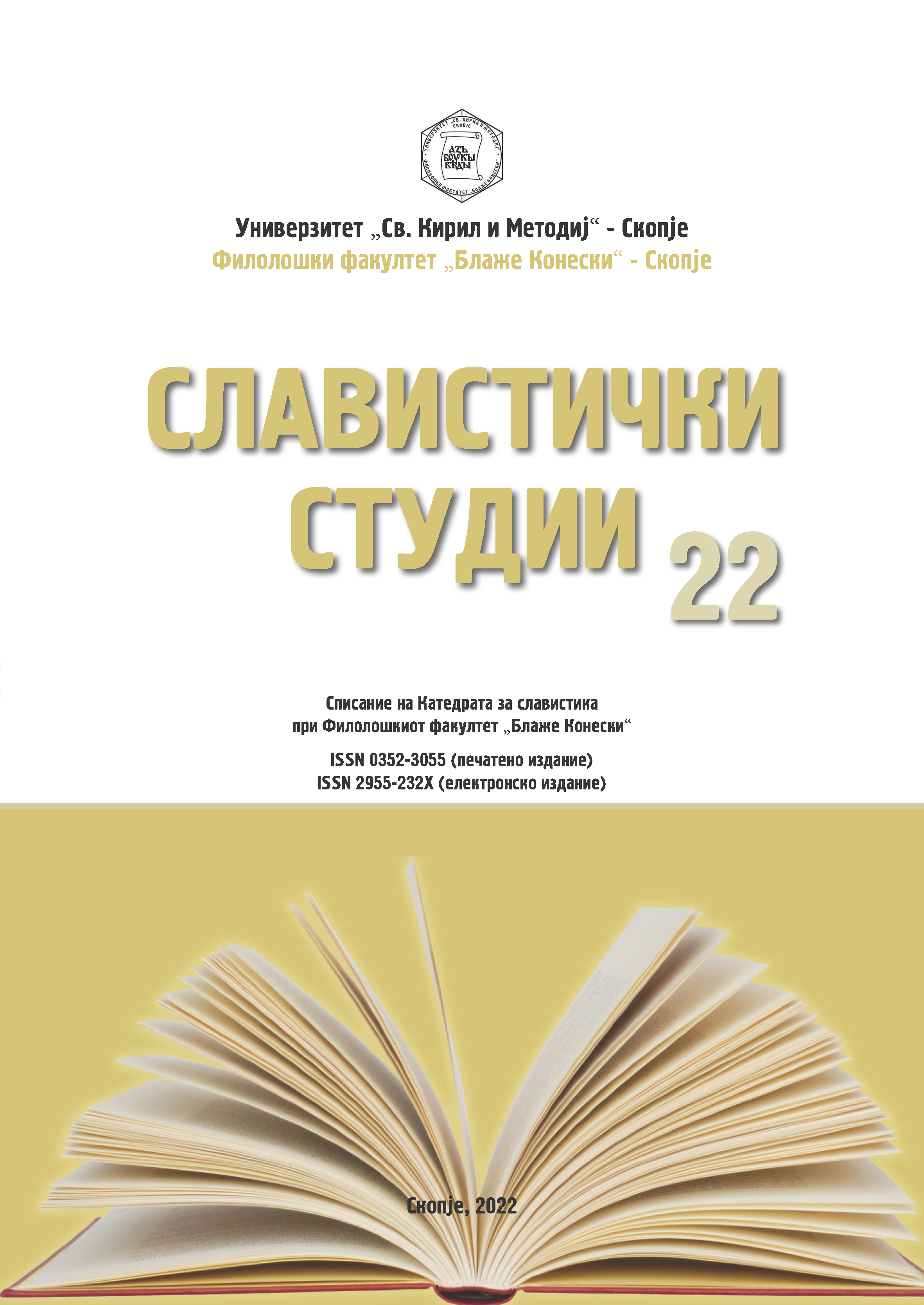Chorographic Traces in Polish Literature. Reconnaisance
DOI:
https://doi.org/10.37834/SS2222157rKeywords:
chorografia, Gall Anonim, Jan DługoszAbstract
The paper presents an analysis of stylistic traces of chorographies in Polish literature. Chorography had already been developed in ancient times as a description (with different level of detail) of historical-geographical lands, geographical phenomena, landscape details and different objects typical for a given area, known to the author (however, not always first-hand). It included the characteristics of the location and parts of the given region, waterways(hydrology), key cities, residents’ life and habits and sometimes also description of the political system, natural resources and other aspects.It never evolved into a separate genre in Polish literature. Most frequently, chorographies can be found in the introductions to historical works, for example, the 12th centrury chronicle of Gallus Anonymous. Some of them were very popular, like the geographical work by Maciej of Miechów, a bestseller of Renaissance literature in Europe; the chorography by Jan Długosz, which up to the 19th century was a model of informative description of our country; or the guide to the Holy Land by Anzelm Polak, used frequently until the early 20th century. The development of chorography began to diverge in two directions. On the one hand, there were the descriptions of countries, regions and places. The chorographic traces entered, in a very conventional form, the realm of geographical and applied literature. Today, they can be found in tourist guides.On the other hand, there is a hybrid genre structure which evolved from travel reports written most often as journals or diaries. However, so far, there has not been much interest in chorographies and chorographic stylistic traces in Polish scientific reflection.
Downloads
Published
Issue
Section
License
Copyright © 2025 Blaže Koneski Faculty of Philology, Skopje
Slavistički studii
Славистички студии



